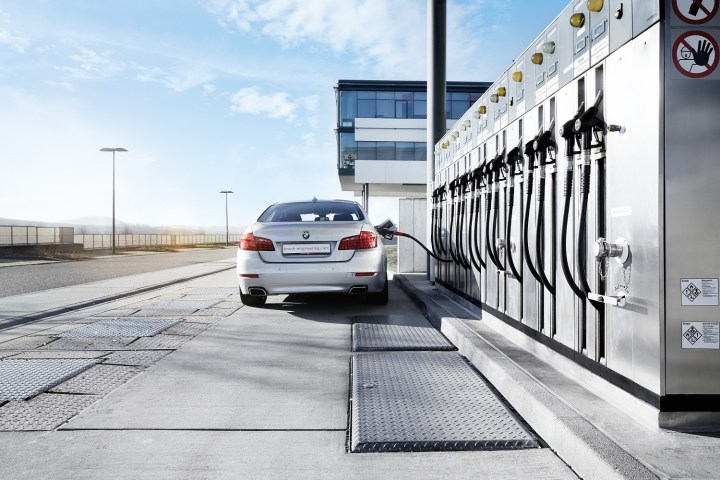
Buying gasoline involves making basic choices. Regular or premium? Cash or credit card? But soon, the only decision you’ll need to make is what to fill up with. Researchers are working on building internet-connected gas pumps that will let a large number of of motorists pay for a tank of gas using their car’s touchscreen.
The idea is relatively simple to implement because it relies on technology that already exists. Jaguar and Shell recently showed how to stitch the pieces together, albeit on a much smaller scale. It all starts with the touchscreen embedded in the dashboard of a vast majority of new cars and trucks. The second part of the project involves adding gas pumps to the growing Internet of Things (IoT) network of connected objects, which today ranges from microwaves to tires. The third part requires setting up a mobile payment connection between the car and the pump. This can be done through PayPal, Apple Pay, Android Pay, or a similar service.
Website Mobile Payments Today explains one way to bring these technologies together. Drivers would pull up to a gas pump much like they do today, select the type of fuel their car burns, and manually fill up the tank. So far, so good. Instead of paying with cash or a credit card, they would then use an application loaded into their car’s infotainment system to pay the fuel company directly. This could conceivably be done with a quick tap to confirm the amount of the payment.
Though a time-saver, this system faces obvious hurdles. What if a motorist doesn’t pay? Does the pump record the car’s registration number, and if so, who does it get sent? What if hackers break into the car and steal the credit card information stored in the app? Researchers need to answer these questions before connecting the bulk of the nation’s gas pumps to the internet — and rolling out the technology beyond a few small pilot programs — but they’re not immense obstacles.
IoT will open other opportunities to streamline motorists’ lives — and opportunities for third-party companies to make money. Mobile Payments Today points out that the sensors car companies are increasingly baking into their cars and the smart city solutions companies like Bosch are working hard to make a reality will, sooner or later, enable services like smart parking and instant, wireless insurance. You could even buy a few laps at your favorite track, order takeout food, or pay for a new set of winter tires and make an appointment to get them mounted, all without leaving the driver’s seat.
All of these features will be app-based, and a majority of them will be accessible through a car’s touchscreen. So, if you forget your wallet at home when you head out, don’t worry about it — your car will soon have you covered.
Editors' Recommendations
- You’ll soon be able to watch YouTube videos in your Android Automotive car
- Electric car buying guide: What you need to know before you buy
- You may be able to ask Amazon Alexa about your bills soon




